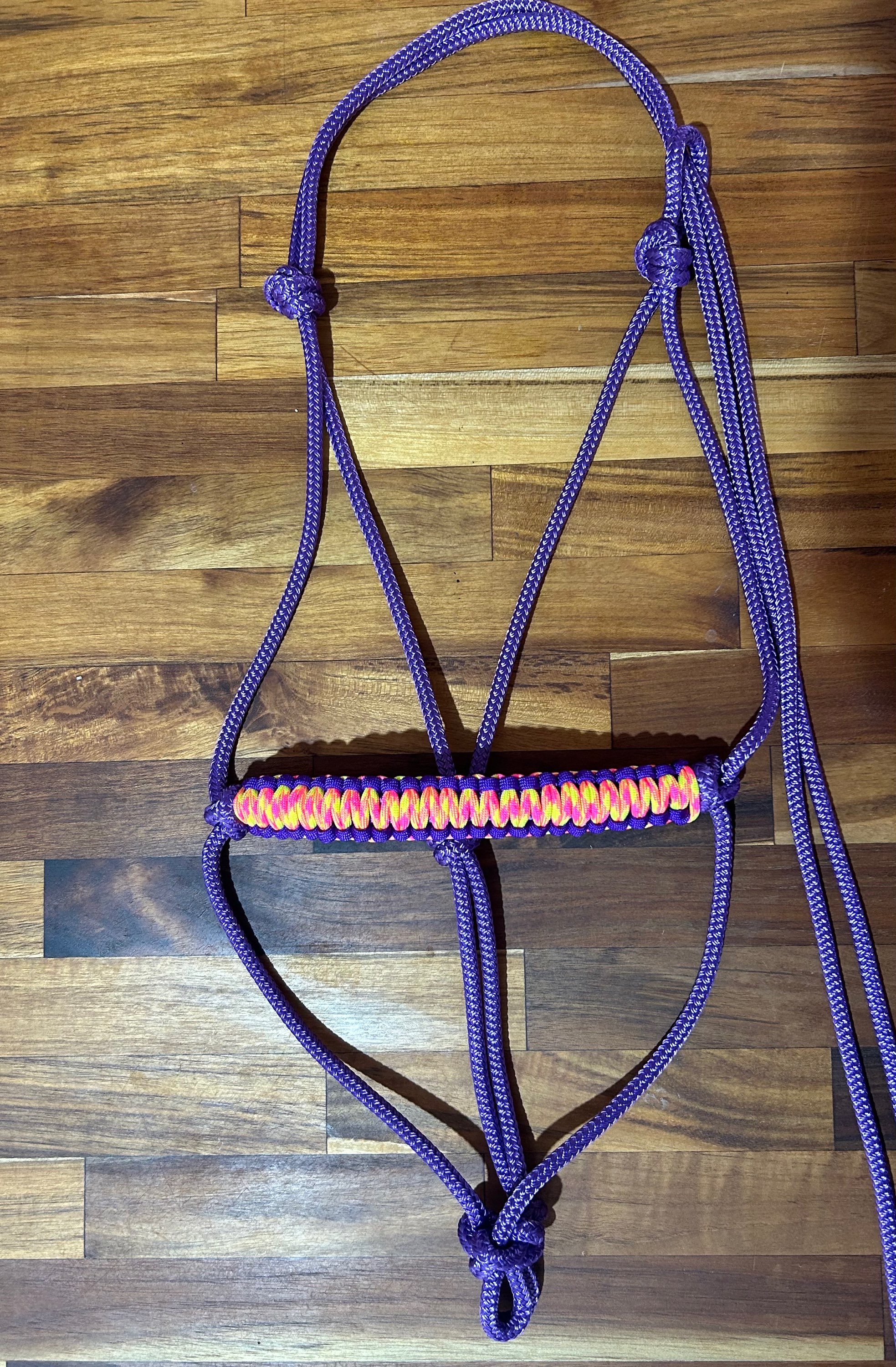How to start your dog on a raw diet safely (Step-by-step)
- Hayley Hogg
- Jun 7
- 2 min read

🐾 Step 1: Understand the basics of raw feeding
Raw feeding is about giving your dog fresh, uncooked ingredients that mimic what their wild ancestors might have eaten - think raw meat, bones, organs and a small amount of vegetables and fruits. No fancy fillers. No mystery ingredients. Just real, whole food.
A balanced raw diet typically follows a rough ratio like:
80% muscle meat
10% edible bone
5% liver
5% other secreting organs
🛒 Step 2: Source high-quality ingredients
Look for reputable sources of raw meat - local butchers, farmers or raw pet food suppliers. Always choose human-grade meat when possible and avoid anything seasoned or pre-cooked.
You can also buy pre-made raw meals from trusted brands if you're not ready to do it yourself. Just make sure they are completely balanced to ensure your dog's nutritional needs are being met.
🐶 Step 3: Transition slowly
It's tempting to jump right in - but don't. Sudden dietary changes can upset your dog's stomach and cause discomfort. Try this transition method:
Days 1-3: Feed 75% current food, 25% raw food
Days 4-6: Feed 50% current food, 50% raw food
Days 7-9: Feed 25% current food, 75% raw food
Day 10 onwards: Feed 100% raw food
Some dogs transition faster; others need more time. Pay attention to your dog's digestion and energy levels and adjust accordingly.
💩 Step 4: Monitor your dog's output
Yes, we're talking poop!
Raw-fed dogs typically have smaller, firmer and less smelly stools. Diarrhea or constipation during the transition can happen but shouldn't last more than a few days. If it persists, reassess the balance or quality of ingredients.
Tip: Avoid feeding weight-bearing bones (like femurs) and opt for smaller, edible bones like chicken wings or necks to start.

🧪 Step 5: Supplement wisely! (If needed)
A well-planned raw diet should meet most of your dog's nutritional needs. However, some dogs benefit from:
Omega-3's (fish oil or sardines)
Probiotics (to aid digestion)
Vitamin E or Kelp (for balance)
Always consult your Vet or canine nutritionist if you are unsure.
💗 Final thoughts: Raw feeding is a journey, not a race.
Switching to raw isn't just a diet change - it's a mindset shift. You're choosing to feed your dog with intention, using real food you can recognise and that you trust. That alone is worth celebrating.
Your dog may take some time to adjust, and you'll learn as you go. With a little prep and patience, the raw diet can be one of the most rewarding choices you make for their health.
Thinking of going raw?
I'd love to hear from you! What questions do you have about raw feeding? Drop them here in the comments below or reach out via our contact form. I'm here to help!

Comments